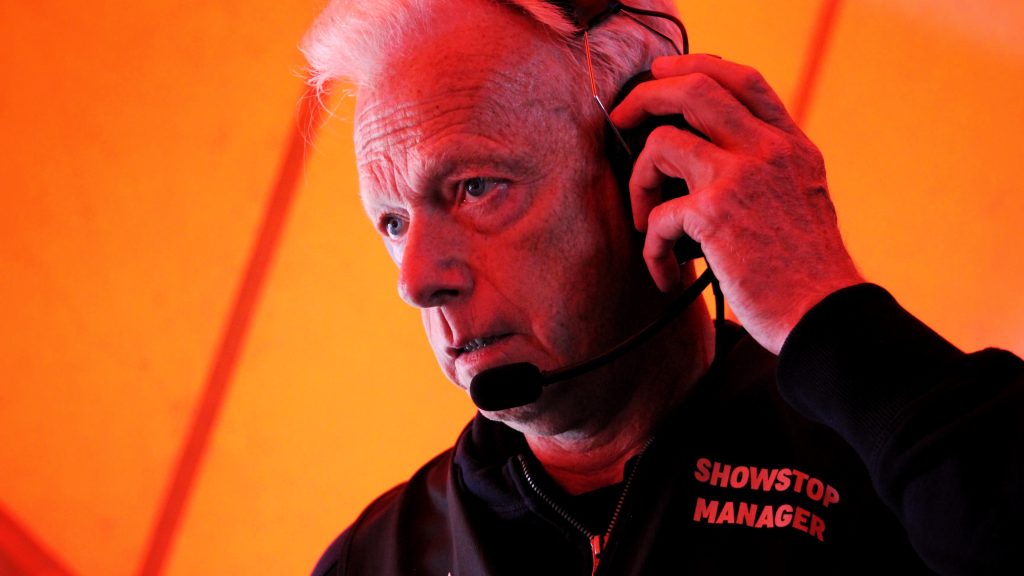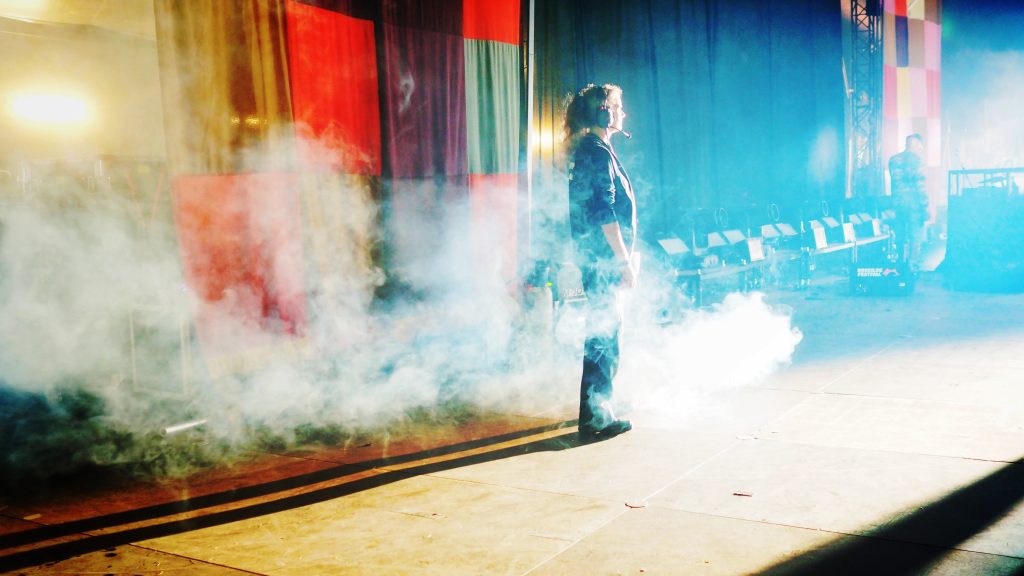Just over 25 years ago, the Danish festival Roskilde suffered a tragedy that would be unimaginable if it didn’t happen in real-time. Pearl Jam took to the stage. The crowd surged, people became trapped, wet weather hindered people’s movements, and at the of end it all, nine people died, and 26 people were injured .
25 years on, lessons are still needing to be learned. Since Roskilde’s tragic event, we’ve seen disasters at Berlin’s Love Parade, where a crowd crush killed 21 people and injured around 652 more. And in 2022, at Brixton’s O2 Academy, two people were killed during a set by the artist Asake due to a crowd surge.
Just this year, we’ve seen major concerns expressed at UK festivals. Manchester’s Parklife Festival was forced to shut its Matinee Stage due to safety concerns, while wider issues around security at this year’s Notting Hill Carnival continue to be discussed between local police forces and councils..
And then there was the 2021 AstroWorld tragedy, headlined by US rapper Travis Scott. A calamitous series of events claimed the lives of 10 people, while another 11 people suffered cardiac arrest. One of those lost was Madison Dubiski, which led to the formation of the Pink Bows Foundation, which holds a mission to make global events safer.
The recent Netflix documentary, Trainwreck: The Astroworld Tragedy, has shed more light on the event’s failings. Images of crowds breaking down barriers at Astroworld’s 2019 event were used as promotional material, in a way to promote hype and fanbase excitement. On the night, calls by attendees to stop the show were ignored. While the crowd crush was happening, Travis Scott, who in his own words didn’t understand the gravity of the situation at the time, continued to perform and hype up the crowd.
“The idea of a performance continuing while even one CPR in progress is underway is insane, unprecedented, not to mention multiple,” said crowd safety expert Scott Davidson in the documentary.
It’s no secret that over the decades major music festivals have perhaps overlooked crowd safety. The most obvious reason for this is greater ticket sales, and results in hundreds of thousands of people packed into a confined space. Speak to any festival-goer, and they’ll likely have a story about being bottlenecked trying to reach a stage or being carried away by a crowd surge.
The outdated notion may be that such incidents are to be expected, or perhaps even part of the experience. But yet, the festival industry has been slow to adapt to real life tragedies.
This is not to say music festivals aren’t paying attention. For this year’s Glastonbury Festival, festival organiser Emily Eavis decided to sell “a few thousand less tickets” for its 2025 event due to previous overcrowding issues.
But reducing capacity is not the only measure that can, or is, being taken. Newquay’s Boardmasters festival have also implemented safety improvements for its 2025 event after seven people were hospitalised following a crowd surge at its 2024 event. These measures include increased high-vis patrols, additional search lanes upon entry, 24-hour support and 24/7 security coverage across all campsites.
“We need to reflect more collectively on crowd safety,” says Dr. Pascal Viot, an expert in crowd safety and Head of Department of Health and safety at the Paleo Festival. “It’s not about more surveillance. It’s not about being more aware about anti-social behaviour coming from the physical guest. It’s about caring for people. That change of paradigm represents a change of culture.“
It sounds ignorant to think, but issues of crowd safety are still not being taken seriously. This can be down to a misconception of festival-goers and their behaviour, says Prof. Chris Kemp, CEO of Mind Over Matter Consultancy with over four decades of experience in crowded space environments. “Fainting in the crowd they say is about weakness, or it’s about people drinking too much,” he explains. “But actually, it’s about elements like temperature.”
Blaming a festival’s safety failings on ‘rowdy’ crowds is perhaps a disappointing expectation. This is especially true when festivals are promoting a version of hedonism sponsored by major drinks companies. Yet the necessities of what a crowd needs to be satisfied are relatively few. Festival crowds want proper signage, adequate toilets, access to water and space.
There are simple explanations as to certain dangers, such as overheating. Over several years, Chris and his team collected data from several major events to determine key heat spots in large crowds. He found that the ambient temperature at some events rose from 24-degrees to 30-degrees, and in some cases by 14-degrees. However, this was especially a problem for shorter people. “Shorter people are surrounded by huge guys, and the temperature is coming from their heads, but it couldn’t disperse,” explains Chris. “People were fainting in the crowd, and you could see the reason why. Because it was far too hot.“
There’s a responsibility on the artists themselves, thinks John Drury. Drury is a Professor of Social Psychology at the University of Sussex, and specialises in the psychology of crowd control.
As we saw at Astroworld, there were critical failings in communication between the artist, stage crew, safety personnel, and the crowd. This was only exacerbated by the artist.
“Audiences are heavily influenced by what the artist does,” says Drury. “We’ve found that when an artist is critical [of staff], there’s a big drop in the judgement of audience members that the staff are on their side. The key is in building relationship with artists, audiences and staff to enable more coordinated show pauses.“
More attention is also being placed on music festival scheduling and the need for clashes. While perhaps frustrating for fans, putting similar acts on at the same time helps disperse like-minded crowds across multiple stages.
Not all genres are equal, either. If you attend a rock or metal show, there is a general consensus amongst the crowd that mosh pits are to be expected, and that if someone falls you pick them up. This is engrained in the culture. A pop audience, however, may be less versed in collective crowd etiquette.
But in essence, says Pascal, crowd safety boils down to having trust in all parties. “What we try to do is to more to be more responsible, to be more proactive in those process in order to be better collectively,” he says. “Safety is not the product. It’s a process of listening, adapting and staying human.”

Roskilde has learned from its past tragedy. The festival has now implemented a procedure called ShowStop. ShowStop, in its own words, is “designed to be a rapid, coordinated and controlled response to reduce the risk to life safety during a live performance.” In essence, this means that at the first sign of danger, a show is stopped.
This procedure is now spreading across the festival landscape. This is down to people like Steve Allen and his team. Steve is the Co-Founder of ShowStop, and an expert in crowd safety measures.
“Crowd safety is not about reinventing the wheel,” says Steve. Rather, it’s about simplifying the whole process on the ground. “There are manuals and flow charts out there that describe what you should do in an emergency. But if someone is getting crushed under a crowd, you haven’t got time to do all that. To reduce tragic outcomes, you need to respond rapidly.“
There are ultimately three key factors to ensuring crowd safety, says Steve. There’s an obvious moral obligation to provide a safe experience, while there’s also a risk of legal repercussions. Then, there’s the financial and reputational damage.
This is not to say money is the reason why safety is being taken more seriously. “Not one promoter has ever said ‘we want someone to get hurt today. It doesn’t happen,” says Steve. But this ethos is at the core of what ShowStop preaches. This means that communication between performers representatives, safety coordinators, crowd managers and other personnel is key. It means safety amongst all parties. Ultimately, it means more people are saved.
Thankfully, the messages are getting through. Steve muses on the many promoters he’s met who’ve been enlightened by new measures around crowd safety. “Promoters aren’t resting on their laurels. They’re listening, and it’s resonating with them,” says Steve. “It far outweighs a tragic outcome.”
Support and donate to the work of the Pink Bows Foundation here.

